Top 10 High-Protein Foods for Muscle Growth and Weight Loss
Introduction
Protein is a vital macronutrient that plays a key role in muscle repair, growth, and overall body function. Whether you’re aiming to build muscle, lose weight, or simply lead a healthier lifestyle, including high-protein foods in your diet can help you achieve your fitness goals. In this article, we’ll explore the top 10 high-protein foods that are perfect for muscle growth and weight loss, as well as how you can incorporate them into your daily meals.
In this article, we’ll explore the top 10 high-protein foods that can boost muscle growth and promote weight loss. From versatile Plant-Based Protein source options to nutrient-dense animal proteins, there’s something for everyone. Let’s dive in!
1. Eggs
Eggs are a perfect combination of affordability, convenience, and nutrition. Known as a complete protein, they contain all essential amino acids necessary for muscle repair and growth.
- Protein Content: 6 grams per large egg.
- Calories: Approximately 70 calories.
- Additional Benefits: High in vitamins D and B12 for energy and immune health.
How to Use Eggs:
- Prepare scrambled eggs for breakfast.
- Add boiled eggs to salads or sandwiches.
- Use eggs in baked goods for added nutrition.
2. Chicken Breast
Lean and versatile, chicken breast is a top choice for muscle-building diets.
- Protein Content: 31 grams per 100g serving.
- Calories: 165 calories.
- Nutrients: Rich in niacin and selenium, which support energy production and immunity.
How to Cook Chicken Breast:
- Grill chicken breast with herbs for a simple, flavorful meal.
- Shred and add to wraps or salads.
- Include diced chicken in low-calorie soups or stews.
3. Greek Yogurt
Greek yogurt is packed with protein and probiotics, making it excellent for muscle recovery and gut health.
- Protein Content: 15–20 grams per 200g serving.
- Calories: 90–120 calories for non-fat versions.
- Probiotic Benefits: Supports digestion and immunity.
Serving Suggestions:
- Top with granola and fruits for a high-protein snack.
- Blend into smoothies for a creamy texture.
- Use as a base for dips and dressings.
4. Salmon
Salmon offers high-quality protein and omega-3 fatty acids, supporting muscle repair and heart health.
- Protein Content: 25 grams per 100g.
- Calories: 206 calories.
- Omega-3 Benefits: Reduces inflammation and improves muscle recovery.
How to Serve Salmon:
- Grill with a dash of lemon and herbs.
- Add to salads for a protein boost.
- Use in sushi rolls or as a smoked option.
5. Lentils
Lentils are a versatile plant-based protein that fits well in vegetarian and vegan diets.
- Protein Content: 18 grams per cooked cup.
- Calories: 230 calories.
- Fiber Content: 15 grams per serving, aiding digestion and weight management.
How to Use Lentils:
- Prepare a hearty lentil soup or stew.
- Toss into salads for added nutrition.
- Include in curries or use as a meat substitute.
6. Cottage Cheese
Cottage cheese is a slow-digesting protein that keeps you full and aids in muscle repair.
- Protein Content: 11 grams per 100g.
- Calories: 98 calories.
- Nutrients: High in calcium for bone health.
Serving Ideas:
- Combine with fresh fruits for a snack.
- Use as a topping for toast or crackers.
- Add to smoothies or baked dishes.
7. Tuna
Tuna is a convenient, lean protein that’s rich in nutrients.
- Protein Content: 25 grams per 100g.
- Calories: 116 calories.
- Nutrients: Contains selenium and vitamin D.
How to Enjoy Tuna:
- Prepare tuna salad with olive oil.
- Use in sandwiches or wraps.
- Mix into pasta for a quick dinner.
8. Quinoa
Quinoa is a plant-based complete protein, ideal for vegetarians and those avoiding gluten.
- Protein Content: 8 grams per cooked cup.
- Calories: 222 calories.
- Nutrients: High in magnesium and fiber.
How to Use Quinoa:
- Serve as a base for grain bowls.
- Add to soups or salads.
- Cook with vegetables for a one-pot meal.
9. Lean Beef
Lean beef is a classic protein source, rich in iron and creatine for muscle growth.
- Protein Content: 26 grams per 100g.
- Calories: 250 calories.
- Nutrients: Provides zinc and B vitamins for energy.
Cooking Tips:
- Grill or roast lean beef for a quick meal.
- Use ground beef in tacos or spaghetti.
- Add sliced beef to stir-fries with veggies.
10. Almonds
Almonds are a protein-rich snack that provides energy and healthy fats.
- Protein Content: 6 grams per ounce.
- Calories: 160 calories.
- Additional Benefits: High in vitamin E for skin and muscle health.
Ways to Eat Almonds:
- Snack on a handful during the day.
- Add to oatmeal or yogurt.
- Use almond butter in smoothies or as a spread.
Conclusion
Protein is the cornerstone of any fitness-focused diet, whether your goal is muscle growth or weight loss. These top 10 high-protein foods provide options for all dietary preferences, helping you stay full, energized, and on track with your health goals. Start incorporating these into your meals today and experience their difference in your fitness journey!
Want to enhance your muscle growth and weight loss journey? Check out our complete range of protein supplements at Syner Nutrition for tailored solutions.
FAQs
1. How much protein do I need daily for muscle growth?
The recommended protein intake for muscle growth is approximately 1.6 to 2.2 grams of protein per kilogram of body weight per day. However, this can vary based on factors such as activity level, age, and fitness goals.
2. Can high-protein foods help with weight loss?
Yes, high-protein foods can aid in weight loss by increasing satiety, reducing hunger, and boosting metabolism. Protein requires more energy to digest than fats or carbs, creating a thermogenic effect that helps burn calories.
3. Are plant-based proteins as effective as animal-based proteins?
Plant-based proteins, such as quinoa, lentils, and nuts, can be just as effective when combined correctly to provide all essential amino acids. For example, pairing rice with beans or adding seeds to meals can create a complete protein source.
4. Is it safe to consume high-protein diets long-term?
For most healthy individuals, consuming a high-protein diet is safe. However, those with kidney issues should consult a doctor, as excess protein can strain kidney function over time.
5. What’s the best time to eat protein for muscle growth?
The best time to consume protein is:
- Post-workout: Within 30 minutes after exercising for muscle repair.
- Throughout the day: Spread intake across meals for better absorption and sustained benefits.
6. Can protein shakes replace whole foods?
While protein shakes are convenient, they should not completely replace whole foods. Whole foods provide additional nutrients like fiber, vitamins, and minerals that protein shakes might lack. Use shakes as a supplement, not a substitute.
7. What are the top vegetarian high-protein foods?
Some excellent vegetarian high-protein options include:
Lentils
Quinoa
Chickpeas
Greek yogurt
Cottage cheese
8. How can I avoid boredom with high-protein diets?
- To keep meals exciting, try:
- Rotating protein sources regularly.
- Using different spices, marinades, and cooking techniques.
- Experimenting with recipes like protein-packed smoothies, salads, and stir-fries.
9. Can high-protein foods cause weight gain?
High-protein foods alone won’t cause weight gain. Overeating any macronutrient, including protein, leads to excess calorie intake, which may result in weight gain. Portion control and balance are key.
10. Are there side effects of eating too much protein?
- Excessive protein intake can lead to:
- Digestive issues like bloating.
- Increased urination due to the body’s nitrogen elimination process.
- Potential kidney strain in individuals with pre-existing conditions.
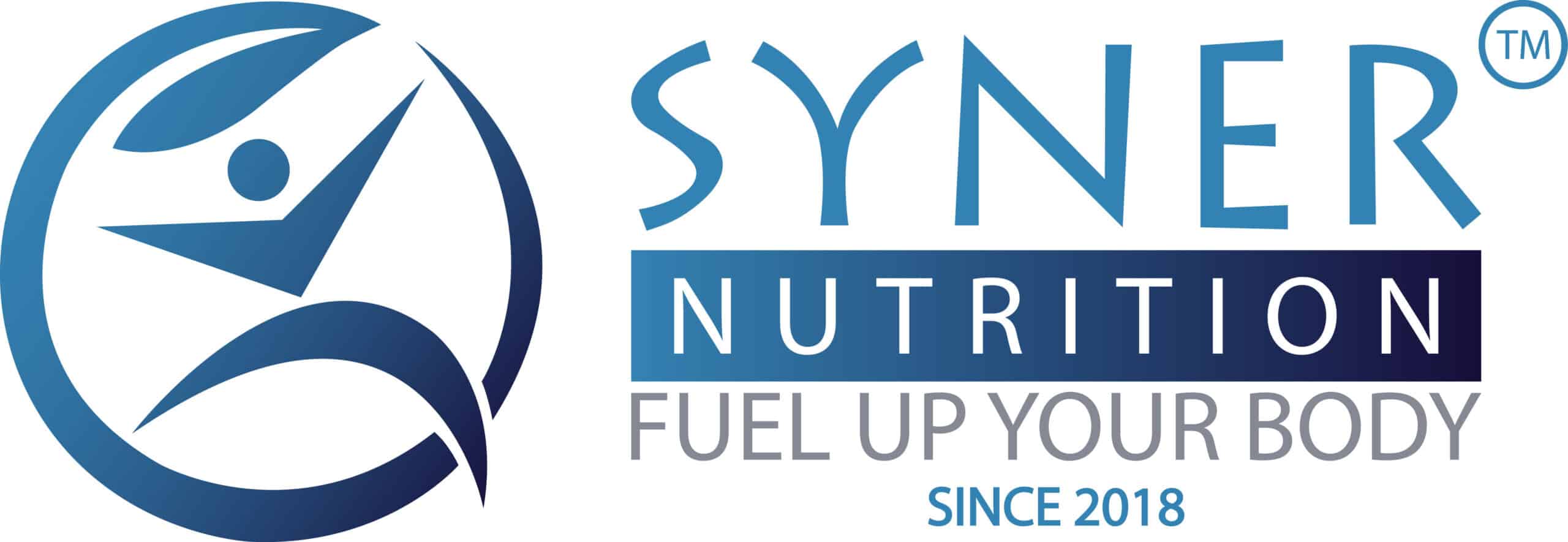
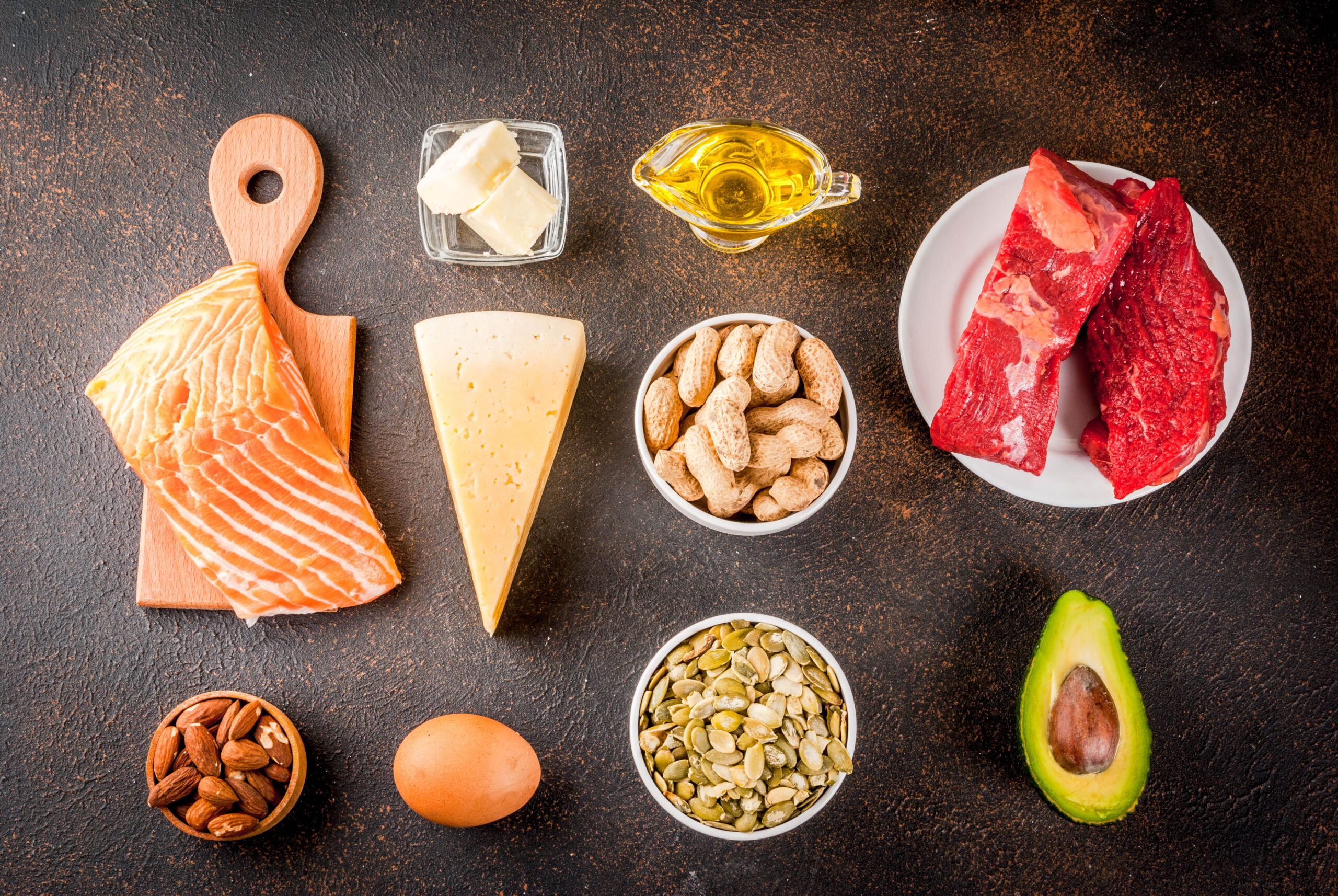


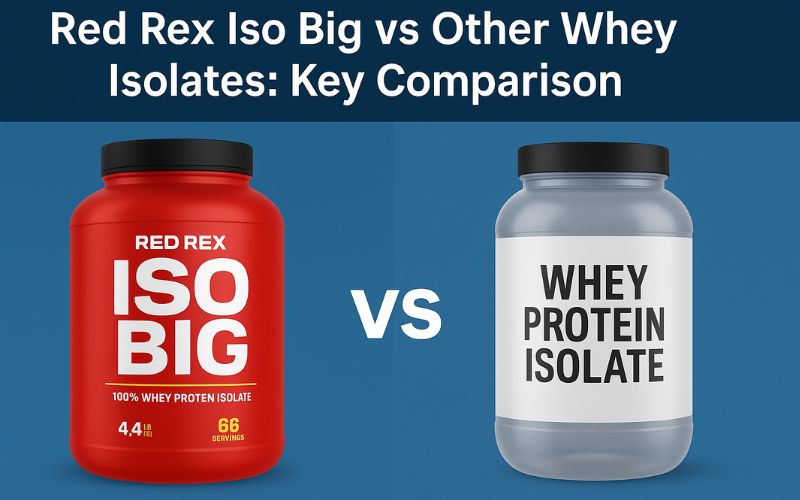
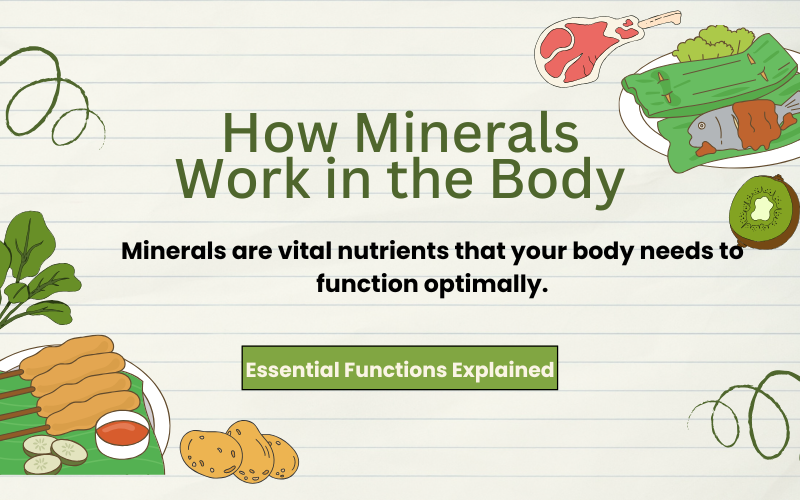
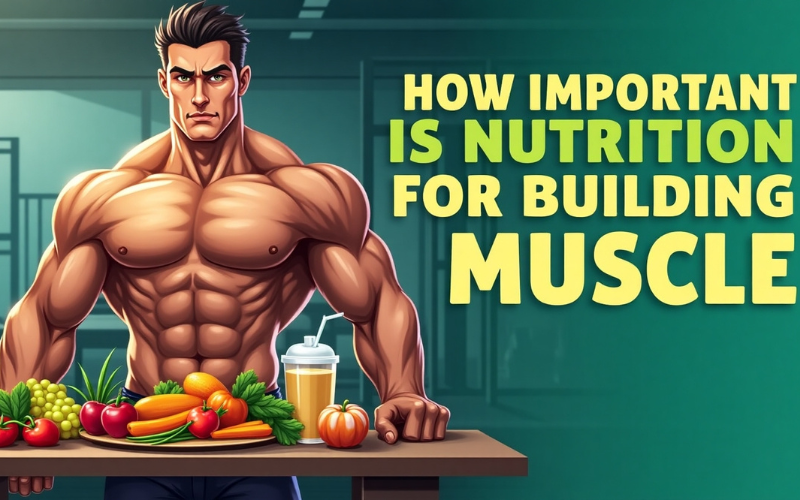
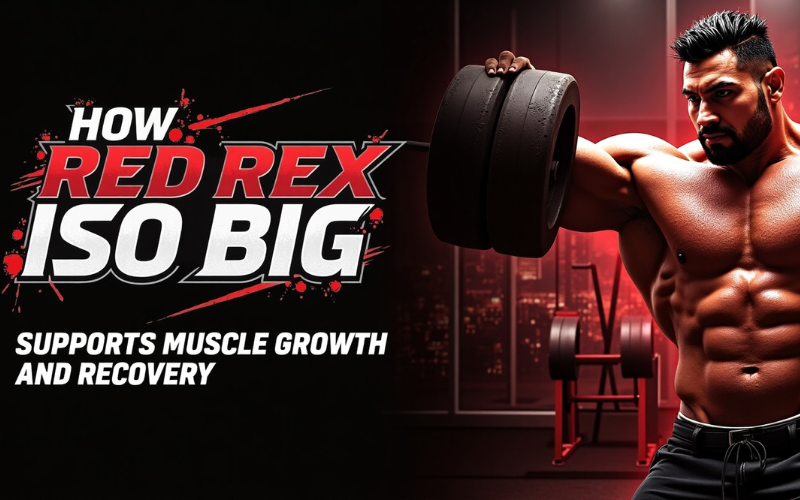
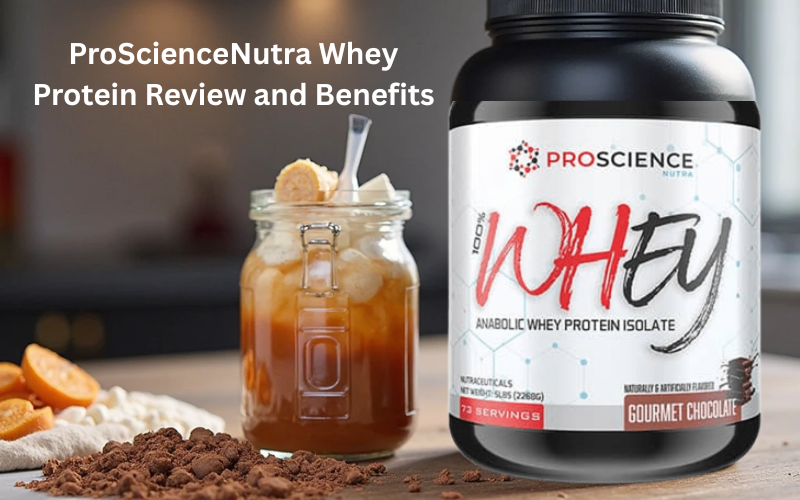
Add comment